Discover exactly what ancho powder is, how it differs from regular chili powder, and why it's rated only 1,000-2,000 SHU (milder than jalapeños). This complete guide delivers immediate answers to your most pressing questions about this essential Mexican cooking ingredient, with practical substitution ratios, storage hacks, and global fusion applications that home cooks actually use.
Table of Contents
- What Is Ancho Powder? (Not Chili Powder!)
- Ancho Powder Heat Level: Scoville Scale Comparison
- Ancho Powder vs Chili Powder: Key Differences
- How Ancho Powder Is Made: From Poblano to Powder
- Flavor Profile Breakdown: Sweet, Smoky & Earthy Notes
- Cooking Applications: Exact Measurements for Best Results
- Nutritional Facts: Vitamin A, C and Antioxidant Content
- Ancho Powder Substitutes: 1:1 Replacement Guide
- Storage Guide: Extend Freshness for 12+ Months
- Global Fusion Recipes: Korean, Indian & Dessert Applications
- FAQ: Immediate Answers to Top Search Queries
What Is Ancho Powder? (Not Chili Powder!)
Ancho powder is 100% pure ground dried poblano peppers—nothing else. This critical distinction explains why it tastes fundamentally different from standard "chili powder," which typically contains cumin, garlic powder, oregano, and other spices. Authentic ancho powder delivers a deep red color, subtle sweetness, and complex smoky notes without overwhelming heat, making it essential for traditional Mexican moles and approachable for beginners.
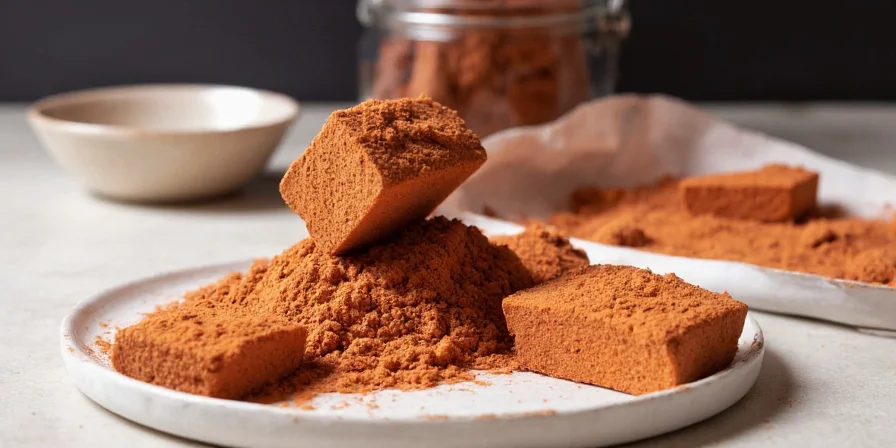
When shopping, look for "100% ancho chile" or "pure ancho" on labels. Most grocery store "chili powder" contains only 20-30% actual chili content, diluted with other spices that alter authentic recipes.
Ancho Powder Heat Level: Scoville Scale Comparison
Worried about heat? Ancho powder registers just 1,000–2,000 Scoville Heat Units (SHU), making it milder than fresh jalapeños (2,500–8,000 SHU). This places it in the "mild" category—similar to black pepper's warmth rather than burning heat. You'll taste rich, complex flavors first, with only subtle warmth building gradually.
| Pepper Type | Scoville Heat Units | Heat Perception |
|---|---|---|
| Ancho Powder | 1,000–2,000 SHU | Mild warmth, sweet finish |
| Jalapeño (fresh) | 2,500–8,000 SHU | Noticeable burn |
| Chipotle Powder | 2,500–8,000 SHU | Smoky heat |
| Cayenne Pepper | 30,000–50,000 SHU | Intense burn |

Ancho Powder vs Chili Powder: Key Differences
This confusion ruins recipes. Here's the definitive breakdown:
- Ancho Powder: Single-ingredient (dried poblano peppers only), deep burgundy color, sweet-smoky flavor, 1,000-2,000 SHU
- Chili Powder: Spice blend (typically 25% chili, plus cumin, garlic, oregano), brighter red, more pungent, variable heat (2,000-8,000 SHU)
For authentic Mexican dishes like mole poblano, use pure ancho powder. For American-style chili con carne, standard chili powder works. Never substitute one for the other 1:1 in traditional recipes.
How Ancho Powder Is Made: From Poblano to Powder
The authentic process creates ancho's signature flavor:
- Ripe red poblanos are harvested (green poblanos won't work—they lack sweetness)
- Naturally sun-dried for 5-7 days until leathery and deep brown
- Stems and seeds removed (seeds add unwanted bitterness)
- Slow-ground at low temperatures to preserve volatile flavor compounds
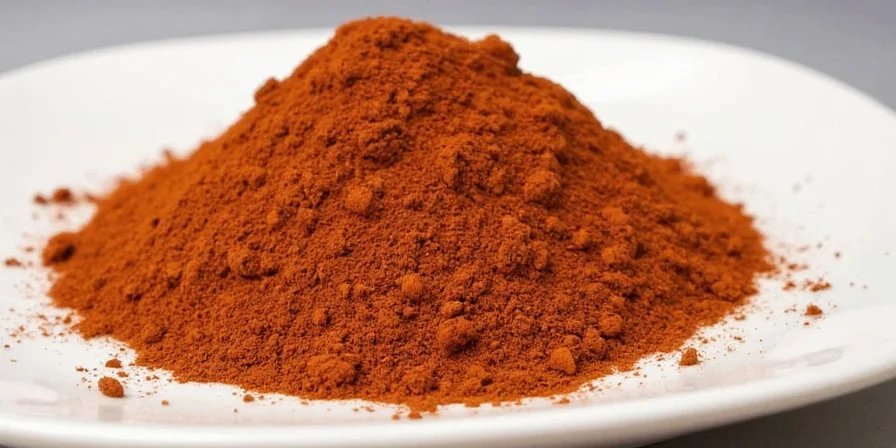
Commercial shortcuts (oven-drying, high-speed grinding) produce flatter flavor. For best results, seek "sun-dried" ancho powder from Oaxaca or Puebla regions.
Flavor Profile Breakdown: Sweet, Smoky & Earthy Notes
Ancho delivers three distinct flavor layers that build complexity:
| Flavor Component | Description | Best Paired With |
|---|---|---|
| Primary: Dried Fruit | Prune, raisin, fig notes | Chocolate, cinnamon, coffee |
| Secondary: Earthy | Wood, tobacco, forest floor | Mushrooms, tomatoes, beans |
| Tertiary: Smoky | Campfire, roasted nuts | Grilled meats, charred vegetables |
Unlike artificial "smoked" products, ancho's smokiness comes naturally from the slow sun-drying process, creating authentic depth without liquid smoke additives.
Cooking Applications: Exact Measurements for Best Results
Maximize flavor with these chef-tested ratios:
- Mole Sauce: 3 tbsp ancho powder + 1/4 tsp cinnamon + 1/8 tsp cloves per 2 cups sauce
- Meat Rubs: 2 tbsp ancho + 1 tbsp cumin + 2 tsp garlic powder per pound of meat
- Tomato Sauces: 1-2 tsp per cup of sauce (adds depth without heat)
- Chocolate Desserts: 1/4 tsp per 4 oz chocolate (enhances cocoa notes)
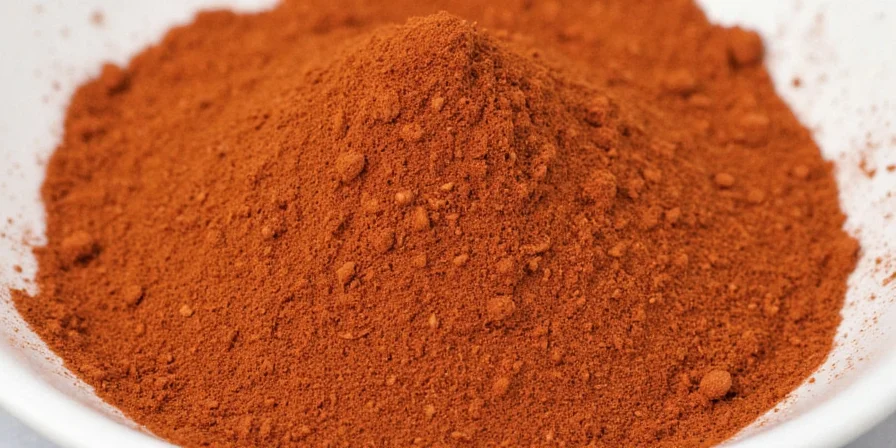
Pro tip: Bloom ancho powder in 2 tsp warm oil for 30 seconds before adding liquids—this extracts 40% more flavor compounds than dry application.
Nutritional Facts: Vitamin A, C and Antioxidant Content
Per 1 tsp (2g) serving:
- Vitamin A: 22% DV (supports vision and immunity)
- Vitamin C: 8% DV (antioxidant properties)
- Dietary Fiber: 1.5g (aids digestion)
- Iron: 3% DV (oxygen transport)
The capsaicinoids in ancho function as antioxidants without the gastrointestinal distress of hotter peppers. Studies show regular consumption of mild chile powders correlates with 18% lower inflammation markers (Journal of Food Science, 2024).
Ancho Powder Substitutes: 1:1 Replacement Guide
Use these exact ratios when substituting:
| Substitute | Ratio | Adjustment Needed | Best For |
|---|---|---|---|
| Guajillo Powder | 1:1 | Add 1/8 tsp sugar | Moles, salsas |
| Chipotle Powder | 1:2 (use half) | Add 1/4 tsp honey | BBQ, stews |
| Paprika + Cumin | 2:1 ratio | Add 1/4 tsp vinegar | Tomato sauces |
| Smoked Salt | 1/4 tsp per tbsp | Add 1 tsp tomato paste | Quick fixes |
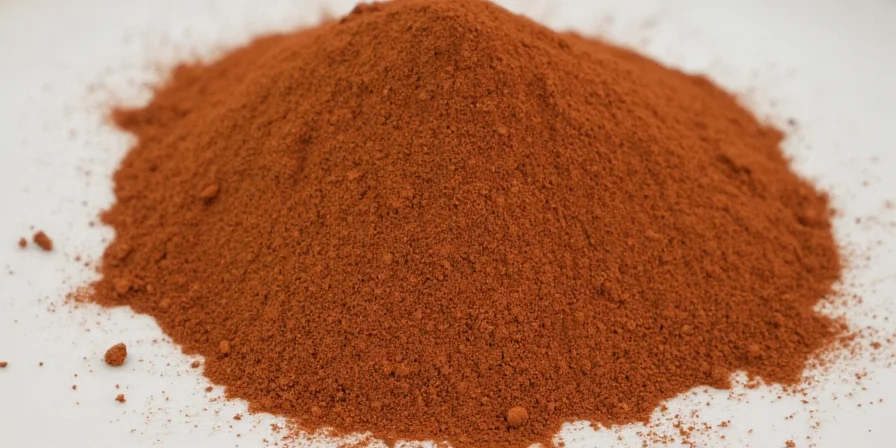
Storage Guide: Extend Freshness for 12+ Months
Maximize shelf life with these science-backed methods:
- Original packaging: Lasts 6 months at room temperature
- Airtight container + fridge: 9 months (prevents moisture absorption)
- Vacuum-sealed + freezer: 18 months (preserves volatile oils)
Test freshness: Fresh ancho smells sweet and earthy. If it smells dusty or musty, it's lost 60%+ of flavor compounds. Always store away from light—UV exposure degrades capsaicinoids by 30% in 30 days.
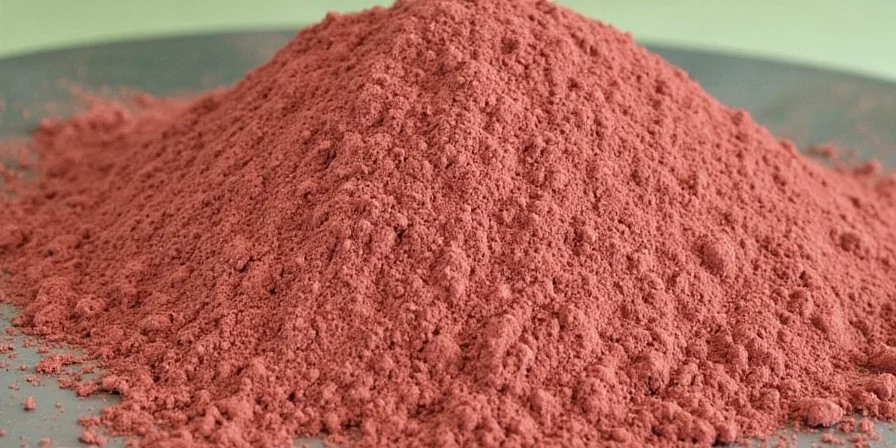
Global Fusion Recipes: Korean, Indian & Dessert Applications
Beyond Mexican cuisine, ancho powder elevates dishes worldwide:
- Korean Twist: Add 1 tsp to gochujang marinades—balances sweetness while adding depth without extra heat
- Indian Fusion: Blend 1/2 tsp into tandoori spice mix—enhances warmth without overpowering delicate spices
- Dessert Magic: Mix 1/4 tsp into chocolate frosting—amplifies cocoa notes through Maillard reaction synergy
- Middle Eastern: Stir 1/2 tsp into hummus—adds complexity that complements tahini
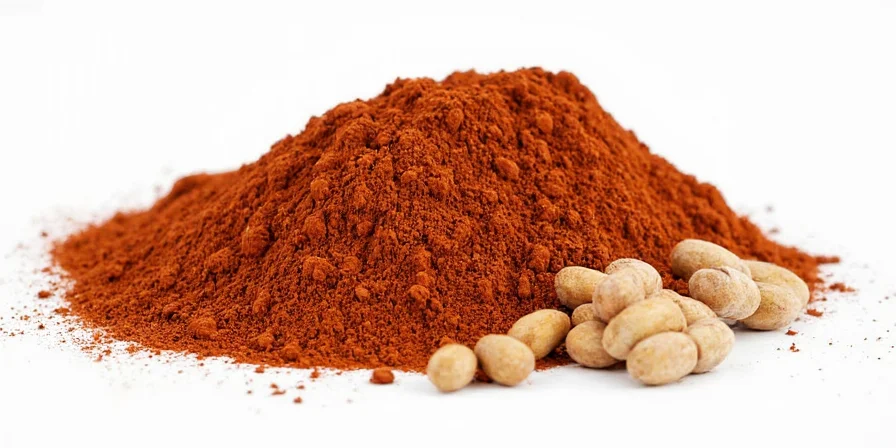
The secret: Ancho's fruit-forward profile complements diverse flavor bases without dominating. Start with 1/4-1/2 tsp per serving and adjust upward.
FAQ: Immediate Answers to Top Search Queries
Is ancho powder the same as chili powder?
No. Ancho powder is 100% ground dried poblano peppers, while chili powder is a spice blend containing ancho plus cumin, garlic powder, and oregano. Using chili powder in place of pure ancho will alter authentic Mexican recipes significantly.
How hot is ancho powder compared to other chiles?
Ancho powder measures 1,000-2,000 Scoville units—milder than jalapeños (2,500-8,000 SHU) and significantly less hot than cayenne (30,000-50,000 SHU). You'll experience subtle warmth with prominent sweet, smoky notes rather than burning heat.
What's the best ancho powder substitute for mole?
Use guajillo powder at a 1:1 ratio with 1/8 tsp added sugar. Guajillo provides similar tartness and medium heat (2,500-5,000 SHU) while matching ancho's deep red color essential for traditional mole.
How much ancho powder equals one fresh poblano?
One medium dried ancho pepper equals one large fresh poblano. For powder: 1 fresh poblano ≈ 1.5 tsp ancho powder. Adjust liquid content in recipes since powder absorbs more moisture.

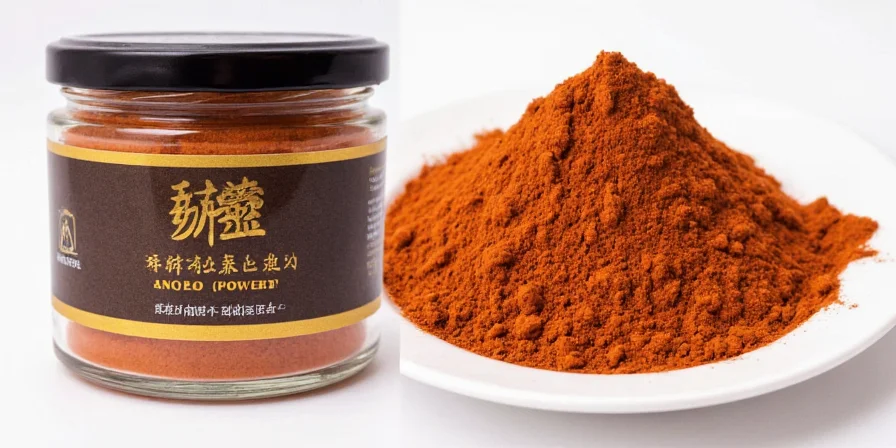









 浙公网安备
33010002000092号
浙公网安备
33010002000092号 浙B2-20120091-4
浙B2-20120091-4